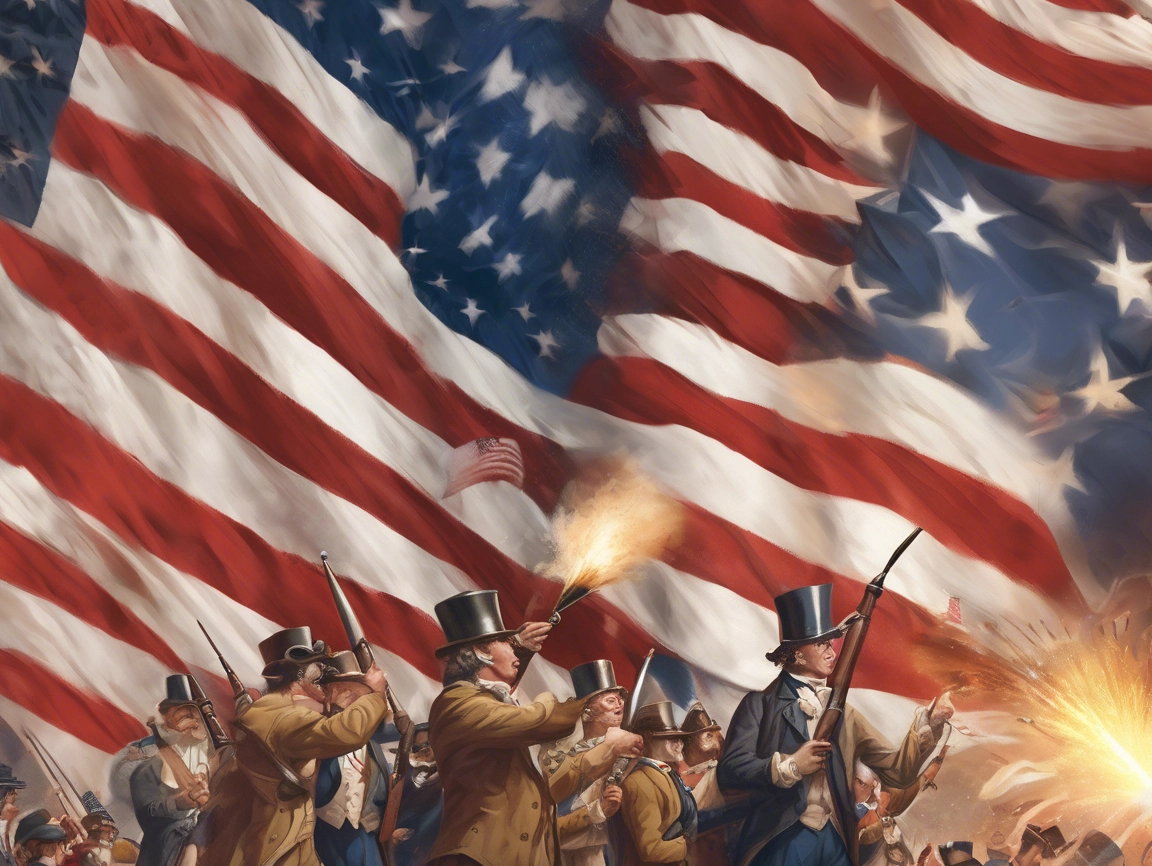Introduction
Think the Fourth of July is all about fireworks and barbecues? Think again. The history of Independence Day is loaded with nerdy stories, codes, and clever hacks that made 1776 a true triumph of science and strategy. If you’re the type who geeks out on ciphers, inventions, or bold thinkers, this Independence Day timeline is built for you. Let’s dig into the hidden nerd culture of America’s founding.
Secret Codes and Revolutionary Tech
Because freedom needed more than muskets:
- Invisible Ink: Spies like James Jay used heat-reactive ink to pass messages to Washington (CIA history piece).
- Ciphers & Codes: Simple letter-shift ciphers (think Caesar-style) protected vital battle details (National Archives).
- Signal Lanterns: Paul Revere’s “one if by land, two if by sea” was basically colonial Morse code.
- The Liberty Bell: Engineered to resonate across blocks — nerd-level acoustics in 1776.
Underrated Science Heroes of 1776
- David Rittenhouse: An astronomer, clockmaker, and surveyor who mapped battle positions precisely (Smithsonian).
- Benjamin Franklin: Beyond the kite, he experimented with lightning rods to protect buildings — vital for war infrastructure.
- Sybil Ludington: A 16-year-old on horseback delivering urgent signals, beating even Revere for distance (yes, a teenage communication nerd).
- John Adams: A lawyer who advocated for inoculations against smallpox, applying science to save soldiers’ lives.
The Birth of American Engineering
The revolution wasn’t just won with speeches:
- Cannon Foundries: Americans reverse-engineered British cannons to produce their own artillery.
- Paper Mills: They hacked supply chains to mass-produce documents and newspapers, fueling the push for independence (American Battlefield Trust).
- Shipyards: Building fast sloops to outmaneuver the British navy, sometimes adding new sails and rigging designs.
Fourth of July Traditions: Nerdier Than You’d Think
- Reading the Declaration aloud was basically a colonial open-source share.
- July 4th celebrations included physics-defying cannon salutes and giant bonfires.
- Founders even obsessed over calendar math — fighting over whether July 2 or July 4 was the true independence day.
- A surprising amount of early fireworks used imported chemistry formulas from Europe.
Wrap-Up
In short, Independence Day is nerdier than most people think. Behind the parades and barbecues were scientific minds, encryption experts, and engineers making the dream possible. Next time you hear “1776,” picture an entire generation of tinkerers, coders, and STEM heroes. If you want more nerd-inspired July 4th fun, check out our next post on Fourth of July in Pop Culture and Games. Until then — stay curious, celebrate smart, and nerd it forward.
